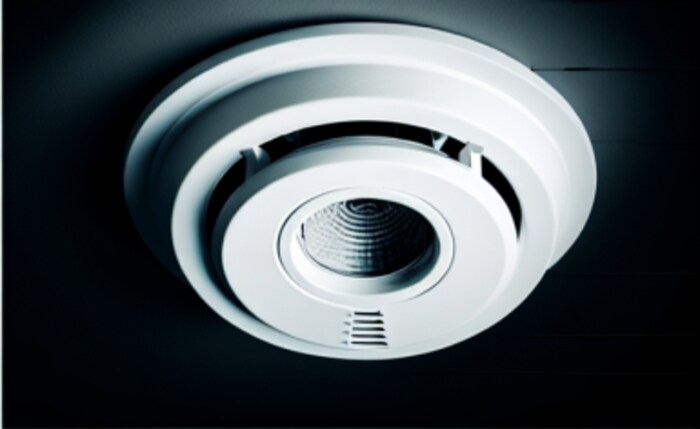
Table of Contents
ToggleIntroduction
In the realm of home safety, few devices are as critical as smoke detectors. These simple yet effective devices serve as an early warning system in the event of a fire, potentially saving lives and property. But just how many smoke detectors should you have in your home? In this comprehensive guide, we’ll delve into the factors influencing the number of smoke detectors you need, explore building codes and recommendations, discuss best practices for placement and installation, and highlight additional safety measures to consider.
Understanding Smoke Detectors
Before delving into the specifics of how many smoke detectors your home needs, it’s essential to understand the different types available and how they function. There are primarily three types of smoke detectors: ionization, photoelectric, and dual-sensor. Designers create each type to operate differently, but they design all types to detect the presence of smoke, indicating a potential fire. Understanding the nuances of these detectors can help you make informed decisions about which type to install in your home and where.
Factors Influencing the Number of Smoke Detectors
The number of smoke detectors your home requires depends on various factors, including its size, layout, and number of levels. Larger homes may necessitate more detectors to ensure adequate coverage, while homes with multiple levels should have detectors on each floor. Additionally, certain areas within the home, such as bedrooms, hallways, kitchens, and basements, warrant special consideration when determining placement. By carefully assessing these factors, you can determine the optimal number and placement of smoke detectors to maximize safety.
Building Codes and Recommendations
In addition to considering personal preferences and practicalities, it’s crucial to adhere to building codes and recommendations set forth by organizations such as the National Fire Protection Association (NFPA). These guidelines provide valuable insights into best practices for smoke detector placement and installation, ensuring compliance with safety standards. Local building codes may also dictate specific requirements, so it’s essential to familiarize yourself with these regulations to ensure your home meets safety standards.
Best Practices for Placement and Installation
Proper placement and installation are paramount to the effectiveness of smoke detectors. Key considerations include positioning detectors in strategic locations, such as near bedrooms and along escape routes, as well as ensuring they are installed correctly according to manufacturer guidelines. Regular maintenance and testing are also essential to ensure your smoke detectors are functioning correctly and providing reliable protection for your home and family.
Additional Safety Measures
In addition to traditional smoke detectors, there are several additional safety measures you can implement to enhance your home’s protection against fire hazards. Interconnected smoke detectors allow for seamless communication between devices, ensuring that if one detector is triggered, all others will sound simultaneously, providing comprehensive coverage throughout your home. Combination smoke and carbon monoxide detectors offer dual functionality, alerting you to both fire and carbon monoxide threats. Integration with smart home systems further enhances convenience and accessibility, allowing you to monitor and control your smoke detectors remotely.
Common Mistakes to Avoid
While installing smoke detectors is a critical step in home safety, there are common mistakes that homeowners should avoid to ensure maximum effectiveness. These include neglecting to install an adequate number of detectors, placing detectors incorrectly, and failing to test and maintain them regularly. By being proactive and vigilant in addressing these potential pitfalls, you can ensure that your smoke detectors remain reliable and effective in protecting your home and loved ones.
Conclusion
In conclusion, the number of smoke detectors your home needs depends on various factors, including its size, layout, and specific requirements dictated by building codes and recommendations. By understanding the different types of smoke detectors available, assessing key factors influencing placement and installation, and implementing additional safety measures, you can maximize home safety and provide peace of mind for you and your family. Remember, when it comes to fire safety, it’s better to be overprepared than underprepared.
